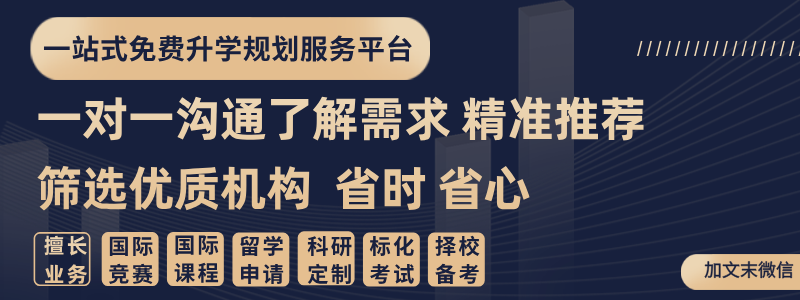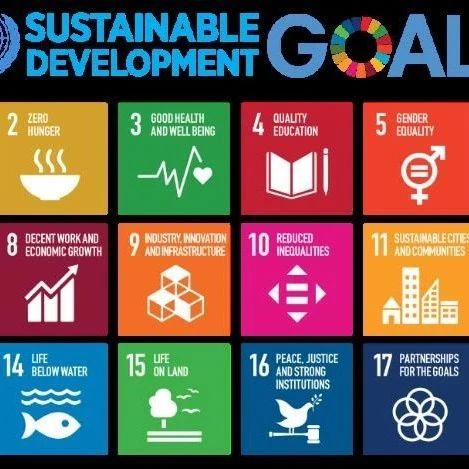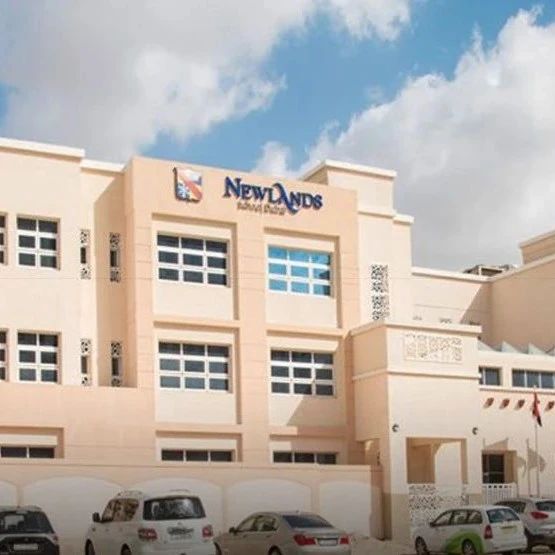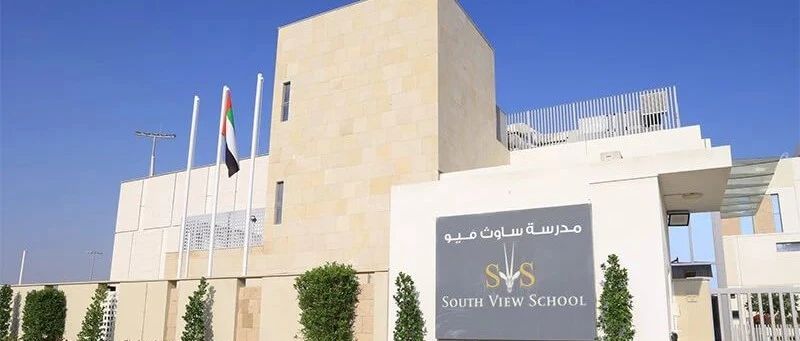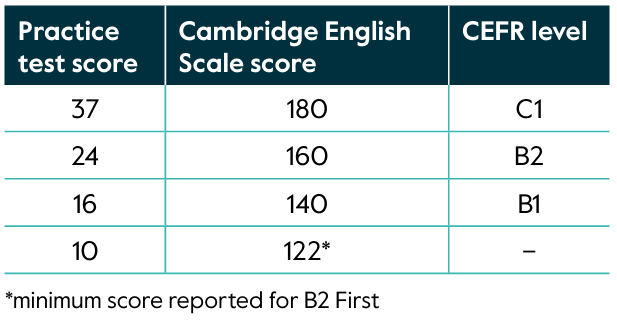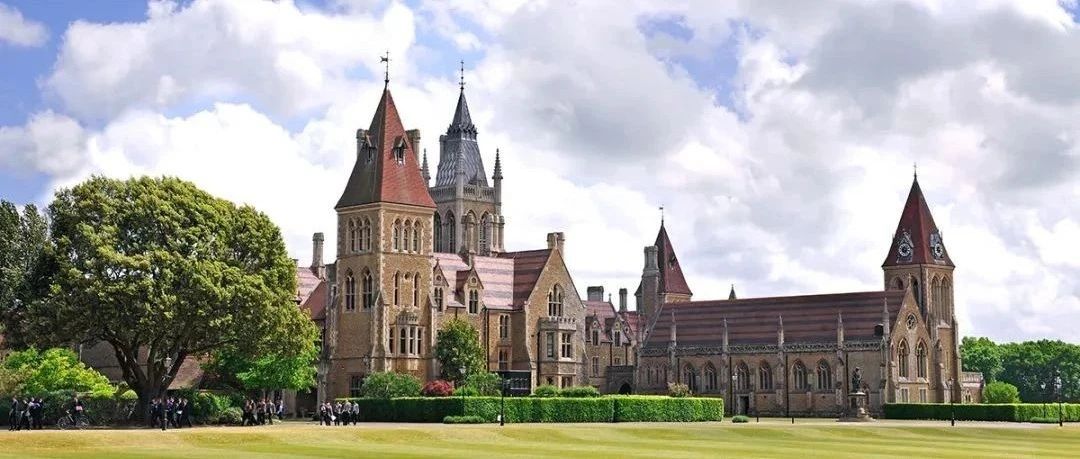中文赛题 E: 光污染
背景
光污染是指任何过度或不当使用人工光源的现象。我们所谓的光污染现象包括光线侵扰、过度照明和光线杂乱。这些现象最容易在太阳落山后,在大城市的天空中形成发光;然而它们也可能出现在更偏远的地区。
光污染改变了我们对夜空的观察,对环境产生影响,并影响我们的健康和安全。例如,植物的成熟可能会延迟或加速,野生动物的迁徙模式也会受到影响。过度的人工光线可能会扰乱我们的生物钟,导致睡眠质量下降,可能引起身体和心理健康问题。人工光源引起的眩光可能会导致某些机动车事故。
社区官员或当地团体可以采取干预策略来缓解光污染的负面影响。然而,人工光线既有积极的影响,也有负面的影响,对不同的地点产生不同的影响。例如,为了避免上述光污染的负面影响,一些社区选择低光照度的社区,这反过来可能会导致犯罪率增加。光污染的影响可能取决于地区的发展水平、人口、生物多样性、地理和气候等因素。因此,评估影响的程度和任何干预策略的潜在影响必须针对特定的地点进行量身定制。
要求
COMAP的照明控制任务(ICM)致力于推动人们意识到光污染的影响,并制定干预策略以缓解这些影响。为了支持ICM的工作,您的任务是解决在各种地点测量和减轻光污染影响的问题,包括人类和非人类的关切。具体而言,您需要:
- 开发一种广泛适用的指标,以识别位置的光污染风险水平。
- 应用您的指标并解释其在以下四种不同类型地点的结果:
- 受保护的土地位置,
- 农村社区,
- 郊区社区,和
- 城市社区。
- 描述三种可能的干预策略来应对光污染。讨论实施每种策略的具体行动和这些行动对光污染影响的潜在影响。
- 选择两个您的位置,并使用您的指标确定每个位置最有效的干预策略。讨论所选干预策略对位置风险水平的影响。
- 最后,为您所确定的一个位置及其最有效的干预策略,制作一张1页宣传单,以推广该位置的策略。
您的PDF方案总页数不得超过25页,包括:
- 一页摘要。
- 目录。
- 您的完整解决方案。
- 一页宣传单。
- 参考书目。
注意:ICM竞赛限制总页数为25页。您提交的所有内容都计入25页的限制(概要表、目录、报告、一张1页宣传单、参考书目和任何附录)。您必须引用您报告中所使用的思想、图片和其他材料的来源。
术语解释
人工光:任何非自然发光源。
昼夜节律:人类和其他生物在其上运行的自然24小时的睡眠-清醒周期。
耀斑:过度的亮度会降低人们的视觉能力。
干预策略:可采取的政策和/或行动来破坏光污染的负面影响。
光污染:包括光侵扰、过度照明和光杂乱在内的任何人工光的过度或不良使用现象。
光杂乱:光源过于密集。
光侵扰:当光线进入非预期的区域。
过度照明:比活动或位置所需的强度更高的照明。
保护地区:政府或私人机构为保护生态、文化和/或自然重要性而保护的地区。
农村社区:位于国家或地区人口最稀少的地区之一,并且不易从城市社区访问的社区。
郊区社区:位于国家或地区人口稀少程度中等的地区,或易于从城市社区访问的社区。
城市社区:位于国家或地区人口最稠密的地区之一的社区。
Problem E: Light Pollution
Background
Light pollution is used to describe any excessive or poor use of artificial light. Some of the phenomena that we refer to as light pollution include light trespass, over-illumination, and light clutter. These phenomena are most easily observed as a glow in the sky after the sun has set in large cities; however, they may also occur in more remote regions.
Light pollution alters our view of the night sky, has environmental impacts and affects our health and safety. For example, plant maturation may be delayed or accelerated, and migration patterns of wildlife affected. Excessive artificial light may confuse our circadian rhythms, leading to poor sleep quality and perhaps physical and mental health issues. Glare caused by artificial lights may contribute to some motor vehicle accidents.
Community officials or local groups may implement intervention strategies to mitigate the negative effects of light pollution. Artificial light, however, has both positive and negative effects that impact different locations in different ways. For example, to avoid the negative impacts of light pollution listed above, some communities opt for low-light neighborhoods which in turn might lead to increased crime. The impacts of light pollution may depend on factors such as the location’s level of development, population, biodiversity, geography, and climate. Therefore, assessing the extent of the effects and the potential impacts of any intervention strategies must be tailored to a specific location.
Requirement
COMAP’s Illumination Control Mission (ICM) is working to promote awareness of the impacts of light pollution and develop intervention strategies to mitigate those impacts. In support of this ICM work, your task is to address measuring and mitigating the effects of light pollution in various locations, incorporating both human and non-human concerns. Specifically, you should: - Develop a broadly applicable metric to identify the light pollution risk level of a location.
- Apply your metric and interpret its results on the following four diverse types of locations:
- a protected land location,
- a rural community,
- a suburban community, and
- an urban community.
- Describe three possible intervention strategies to address light pollution. Discuss specific actions to implement each strategy and the potential impacts of these actions on the effects of light pollution in general.
- Choose two of your locations and use your metric to determine which of your intervention strategies is most effective for each of them. Discuss how the chosen intervention strategy impacts the risk level for the location.
- Finally, for one of your identified locations and its most-effective intervention strategy, produce a 1-page flyer to promote the strategy for that location.
Your PDF solution of no more than 25 total pages should include:
- One-page Summary Sheet.
- Table of Contents.
- Your complete solution.
- One-page promotion flyer.
- Reference List.
Note: The ICM Contest has a 25-page limit. All aspects of your submission count toward the 25-page limit (Summary Sheet, Table of Contents, Report, One-page promotion flyer, Reference List, and any Appendices). You must cite the sources for your ideas, images, and any other materials used in your report.
把下列文字译成中文。
Glossary
Artificial Light: Any non-naturally occurring source of light.
Circadian Rhythms: The natural 24-hour sleep-wake cycle on which humans and other organisms operate.
Glare: Excessive brightness that decreases one’s ability to see.
Intervention Strategies: Policies and/or actions that could be taken to disrupt the negative impacts of light pollution.
Light Clutter: Excessive grouping of lights.
Light Trespass: When light enters unintended areas.
Over-Illumination: Lighting at an intensity higher than what is needed for an activity or location.
Protected Land: Areas that governments or private entities protect from development due to their ecological, cultural, and/or natural importance.
Rural Community: A community located in one of the least densely populated parts of a country or region, and not easily accessible from an urban community.
Suburban Community: A community located in a moderately densely populated part of a country or region, or easily accessible from an urban community.
Urban Community: A community located in one of the most densely populated parts of a country or region.


